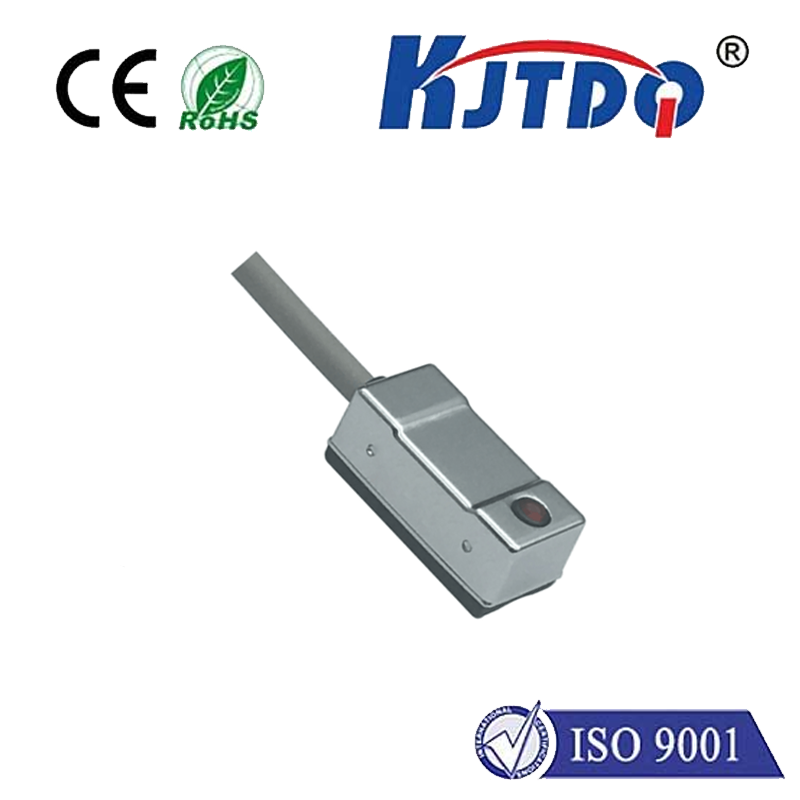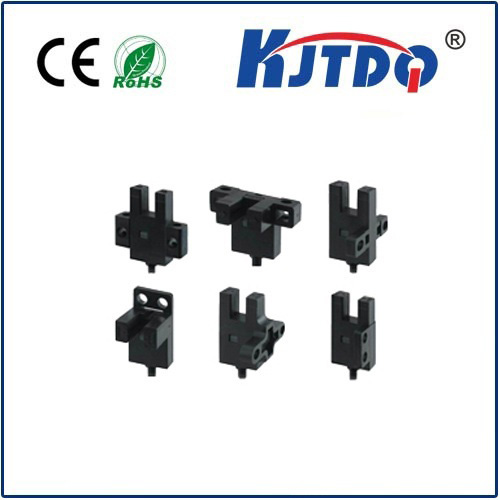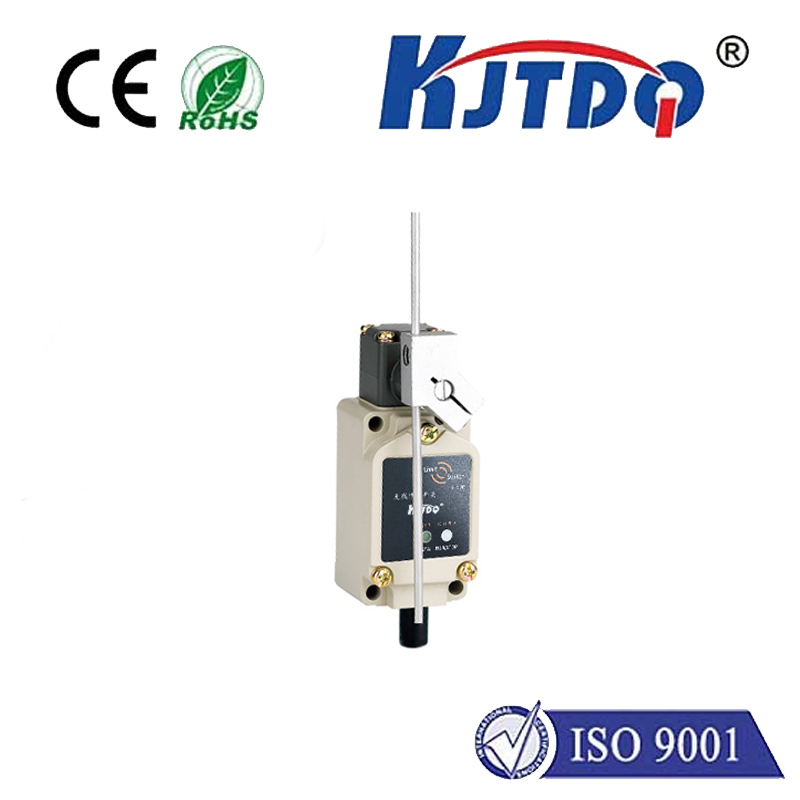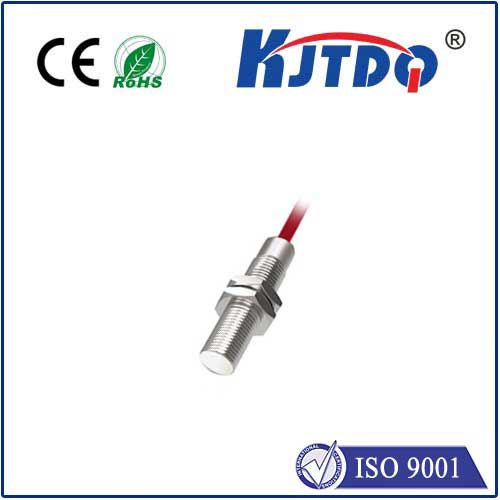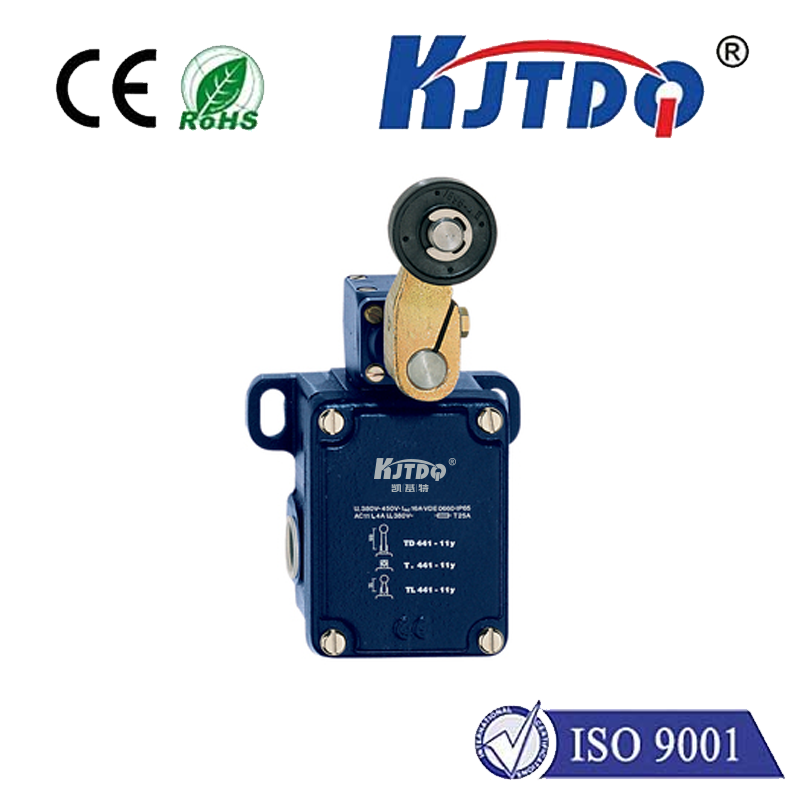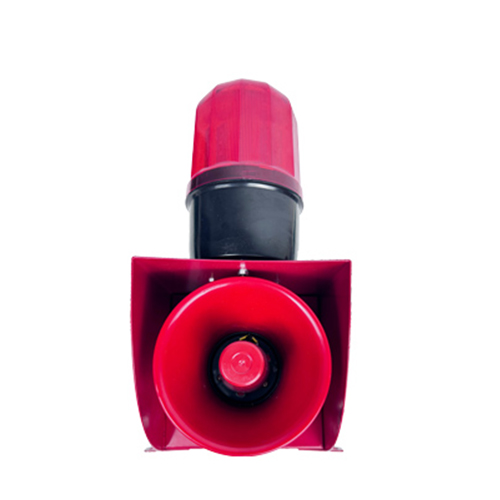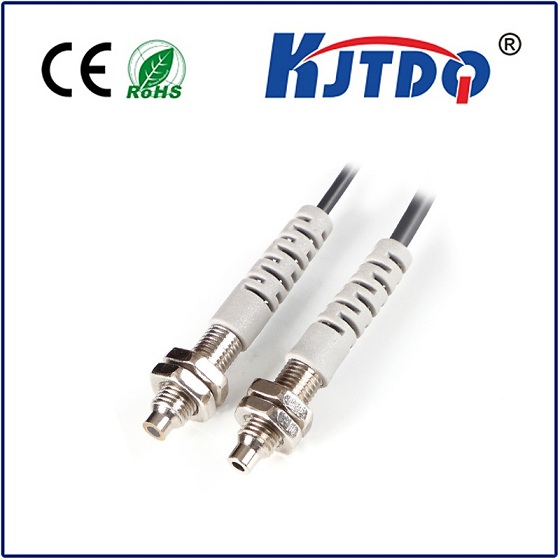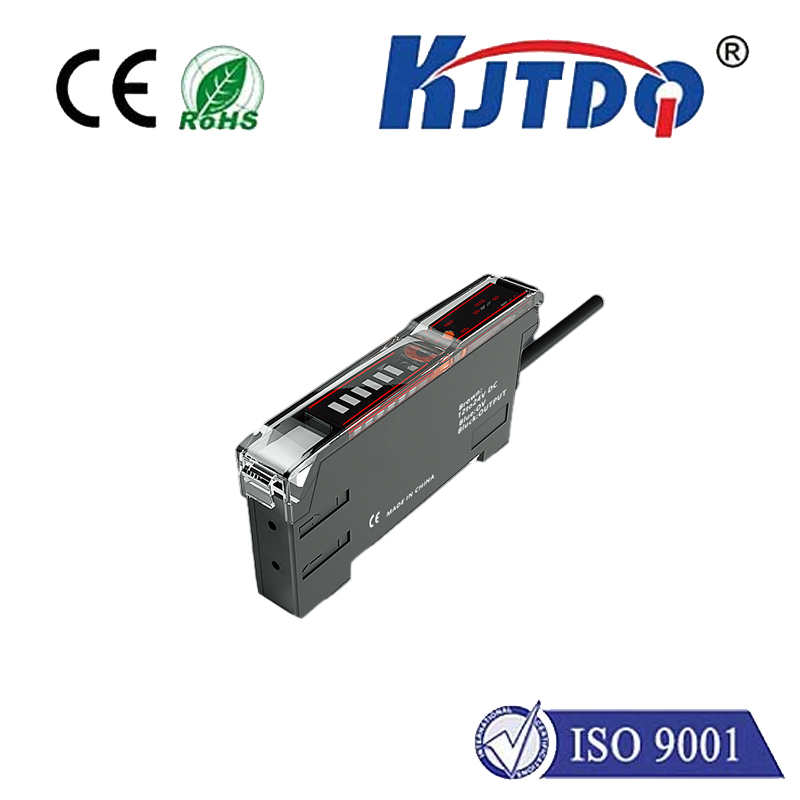high speed laser sensor
- time:2025-08-28 04:56:19
- Click:0
High-Speed Laser Sensors: Capturing the Unseen Velocity of Our World
Imagine trying to photograph a bullet in flight with a standard camera. You’d likely get a blur, or nothing at all. This is the fundamental challenge facing countless industries today: measuring objects moving at blinding speeds or vibrating with minute precision. Traditional sensors simply can’t keep pace. Enter the high-speed laser sensor – a technological marvel designed explicitly to freeze rapid motion into quantifiable, precise data, revealing details invisible to the naked eye and most conventional instruments.
At its core, a high-speed laser sensor operates on the principle of non-contact, optical measurement. It emits a focused, coherent beam of laser light towards a target. By analyzing the properties of the reflected light – such as the time-of-flight (ToF), triangulation angle shift, laser speckle pattern changes, or phase shift in interferometry – the sensor calculates critical parameters like distance, displacement, velocity, vibration frequency, or even surface profile changes. What truly defines it as “high-speed” is its phenomenal sampling rate, often reaching into the tens of kilohertz (kHz), hundreds of kHz, or even Megahertz (MHz) range, coupled with incredibly fast response times. This allows it to capture thousands, or millions, of distinct measurements per second.
The Magic Lies in the Metrics: Speed, Resolution, and Accuracy
The true power of these sensors isn’t just raw speed; it’s the combination of velocity with exceptional precision:

- High Sampling Rate: This is the cornerstone. Sampling rates dictate how frequently measurements are taken. For objects vibrating at 10 kHz, a sensor needs a sampling rate significantly higher (Nyquist criterion) to accurately capture the waveform – think hundreds of kHz or MHz. High-speed sensors deliver this.
- Ultra-Fine Resolution: Even at high speeds, they can discern incredibly small changes. Sub-micron resolution (millionths of a meter) is common, allowing measurement of vibrations or displacements finer than a human hair.
- High Accuracy: Combining high speed and fine resolution is meaningless without accuracy. Advanced optics, sophisticated signal processing algorithms, and stable laser sources ensure measurements are not just fast and detailed, but also correct.
- Non-Contact Operation: This is crucial. Measuring fast-moving or delicate objects without physical contact eliminates friction, wear, and potential damage, ensuring data integrity and sensor longevity.
- Robust Performance: Modern high-speed laser sensors are engineered for demanding environments, offering resistance to ambient light interference, temperature fluctuations, and even vibrations affecting the sensor itself.
Where Speed and Precision Collide: Key Applications
The capabilities of high-speed laser displacement sensors unlock possibilities across diverse sectors:
- Manufacturing & Quality Control: Real-time monitoring of high-speed production lines (e.g., checking thickness, runout, or surface defects on wires, cables, films, or rolled metal moving at hundreds of meters per minute). Instantaneous detection of flaws prevents costly waste.
- Precision Robotics & Automation: Enabling robots to perform high-speed, high-precision tasks like pick-and-place of micro-components or precise welding/cutting path following. Feedback from laser sensors ensures accuracy and speed.
- Automotive & Aerospace Testing: Capturing minute vibrations in engines, turbines, or airframes at operational speeds reveals stress points, noise sources, and potential failures. Measuring dynamic displacement of components under extreme conditions is vital for R&D and safety.
- Electronics & Semiconductor: Inspecting ultra-fast moving components like spinning disk drives or precise positioning of wafers and components during fabrication. Measuring vibrational modes of MEMS devices requires high speed and resolution.
- Research & Development: In laboratories, these sensors are indispensable for studying impact dynamics, material behavior under stress, fluid dynamics, and high-frequency phenomena across physics, mechanics, and materials science.
- Medical Devices: Used in applications requiring precise, rapid motion control, such as certain types of surgical robotics or imaging systems.
Selecting the Right High-Speed Laser Sensor: Beyond the MHz Rating
Choosing the optimal sensor isn’t just about picking the highest sampling rate. Consider these factors carefully:
- Required Measurement Parameters: Distance, displacement (1D/2D/3D), vibration, velocity, thickness, or profile?
- Target Material & Surface: Does it have high reflectivity, low reflectivity (dark/rough), or is it transparent? Different sensor principles (triangulation, confocal, interferometric) handle surfaces differently.
- Measurement Range & Standoff Distance: How far is the sensor from the target, and how much movement/displacement needs to be captured?
- Environmental Conditions: Exposure to dust, moisture, temperature extremes, or significant ambient light?
- Required Output & Integration: Analog voltage/current, digital interfaces (USB, EtherCAT), or dedicated controller compatibility? How easily does it integrate with your existing data acquisition or control systems?
- True Resolution vs. Sampling Rate: Ensure the specified resolution is achievable at the required operating speed. High speeds can sometimes impact resolution unless the sensor is specifically designed for that combination.
The Future: Even Faster, Smarter, and More Integrated
The evolution of high-speed laser sensing is relentless. We are witnessing trends towards:
- Higher Frequencies: Sensors pushing into the GHz sampling range for truly extreme applications.
- Enhanced Processing Power: Onboard processing using powerful FPGAs or embedded processors enabling real-time filtering, analysis, and feature extraction directly at the sensor.
- Multi-Point & Profile Scanning: Combining high-speed with the ability to measure multiple points across a line or area simultaneously.
- Integration with AI/ML: Using sensor data streams to train algorithms for predictive maintenance, anomaly detection, and autonomous quality control without human intervention.
- Miniaturization: Smaller form factors enabling deployment in space-constrained applications.
In essence, high-speed laser sensors are the eyes that see what our own cannot. They transform the chaotic blur of rapid motion into streams of precise, actionable data. From ensuring the smooth hum of a jet engine to guaranteeing the flawless finish of a smartphone screen, these sensors are fundamental enablers of progress, quality, and reliability in an increasingly fast-paced technological world. They are not just measuring tools; they are critical components in the relentless pursuit of speed, precision, and control.






